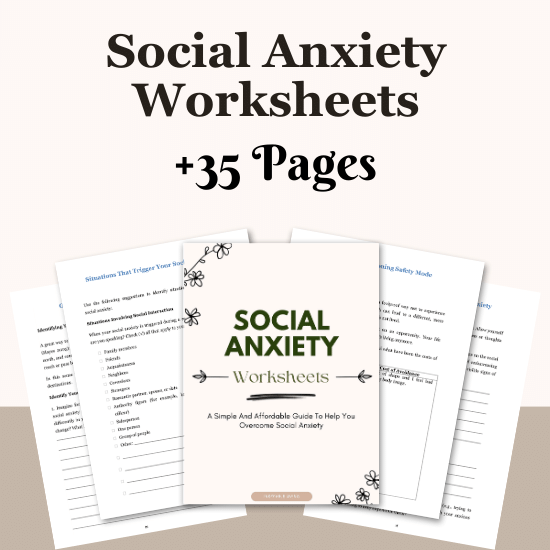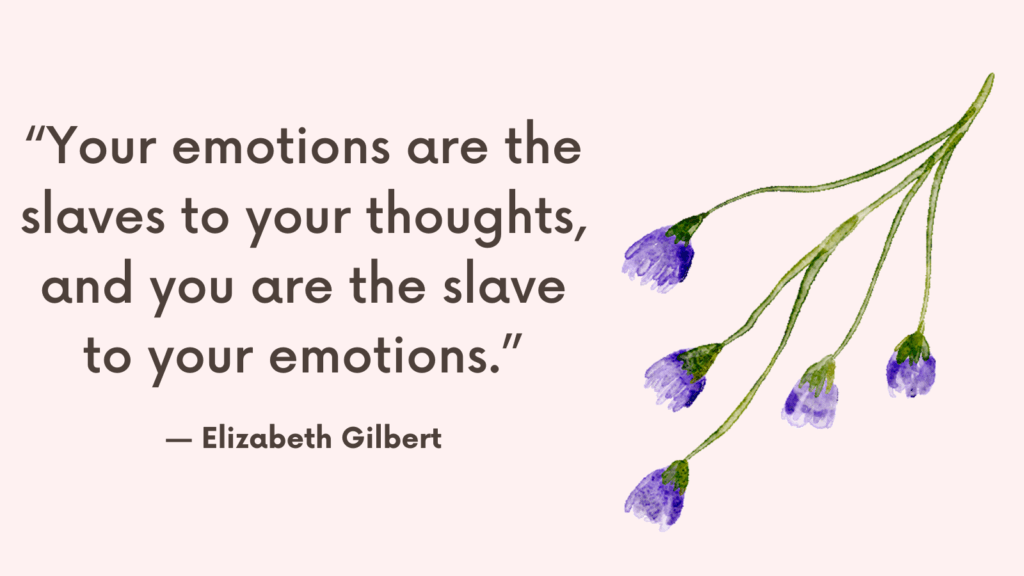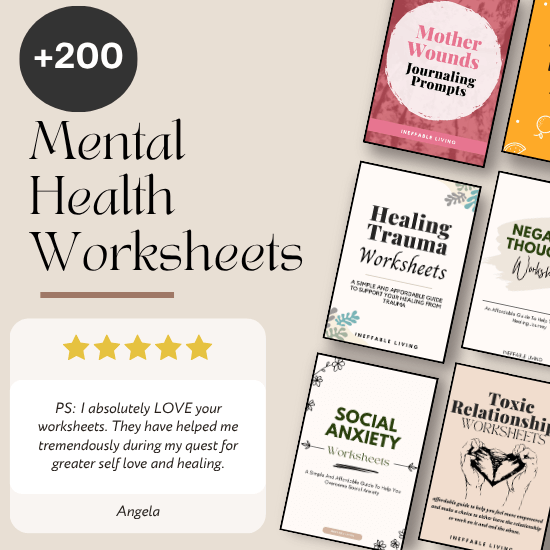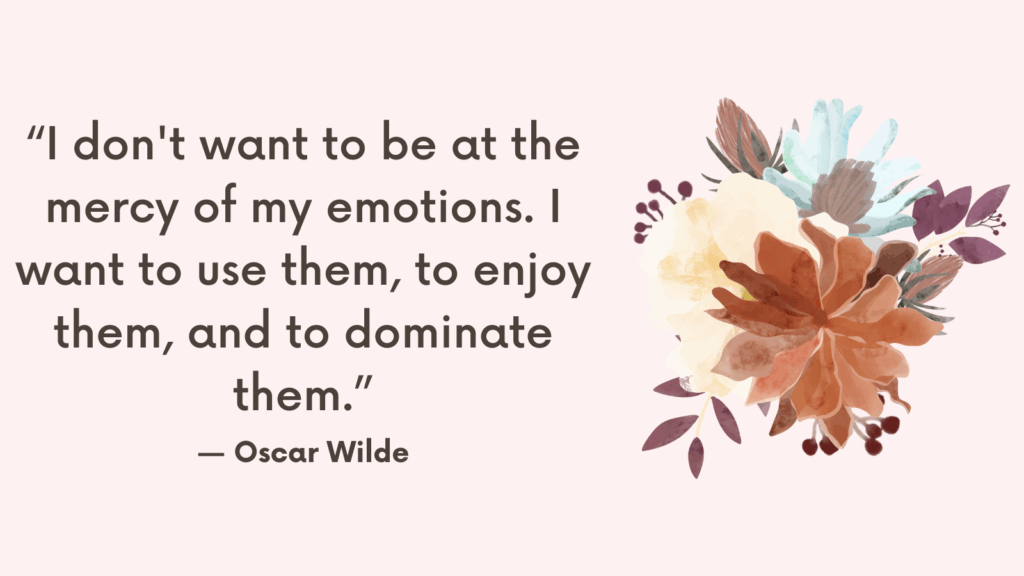One powerful way to manage anxiety is to externalize it—treating it like a separate voice rather than a core part of you. This technique helps you create distance from overwhelming thoughts and emotions, giving you more control over how you respond to them.
Why Talk to Your Anxiety Like It’s a Separate Voice?
1. Creates Distance from the Emotion – Talking to anxiety as if it’s separate from you helps you step back and observe it, making it easier to manage rather than be overwhelmed by it.
2. Reduces Self-Blame – When anxiety is viewed as an external voice, you’re less likely to internalize it or see it as a personal failure, reducing shame and self-criticism.
3. Makes It Easier to Challenge – It’s simpler to question and confront anxious thoughts when they’re treated like they come from outside you, not as your true beliefs.
4. Builds Inner Strength – Responding to anxiety reinforces your confident, grounded self and strengthens your ability to advocate for your well-being.
5. Helps with Mindfulness – Seeing anxiety as a voice encourages awareness of the present moment, instead of getting lost in future fears or spiraling thoughts.
6. Supports Emotional Regulation – Labeling and externalizing anxiety can calm your nervous system by reducing internal chaos and creating mental space.
7. Encourages Problem-Solving – Once anxiety is separated from your identity, you can better assess whether there’s a real issue to address or if fear is distorting your view.
Related: Always Anxious? These Worksheets Can Help You Calm Down Fast
How to Talk to Your Anxiety Like It’s a Separate Voice?
1. Give Your Anxiety a Name or Persona
Naming your anxiety (e.g., “The Doubter,” “Worry Monster,” “Fear Voice”) makes it feel less like your identity and more like a visitor. This shifts the dynamic from “I am anxious” to “Anxiety is talking to me right now.”
2. Recognize When It Starts Speaking
Notice when anxiety shows up—racing thoughts, tight chest, inner catastrophizing. Catch the moment it starts talking so you can separate it from your core voice.
3. Say: “I Hear You, but I’m Not You”
Respond to the anxious voice with compassion and clarity:
“I hear what you’re saying, but I don’t have to obey you.”
This reasserts your authority and reminds you that anxiety is one voice, not the truth.
4. Ask: “What Are You Trying to Protect Me From?”
Anxiety often shows up as a misguided protector. Engage with it:
“What are you trying to help me avoid?”
This question creates understanding and reveals underlying fears that can be addressed rationally.
Related: Top 10 Practical CBT Exercises For Generalized Anxiety Disorder Relief
5. Talk Back With a Calmer Voice
Let your own grounded voice speak back:
“Thank you for trying to help, but I’ve got this.”
Use phrases that comfort, calm, and counter the anxious message with truth and reassurance.
6. Reframe Its Warnings as Signals
Instead of treating anxious thoughts as commands, treat them as signals:
“This voice is telling me I’m overwhelmed—it’s time to pause and breathe.”
This reduces fear and increases mindful action.
7. Set Boundaries With the Voice
You don’t have to entertain anxious dialogue forever. Try:
“Not now, Anxiety. You’ve said enough. I’m focusing on something else.”
Just like setting boundaries with others, this limits anxiety’s power.
Related: High Functioning Anxiety Test (& How To Support Anxiety Recovery)
8. Use Humor or Sarcasm When Appropriate
Sometimes defusing anxiety involves lightness:
“Oh, here you are again, telling me the world is ending because I forgot to reply to a text.”
Humor weakens anxiety’s grip and reminds you not to take it too seriously.
9. Write a Conversation With It
Journaling an actual back-and-forth between you and your anxiety voice can help externalize it fully. Let it speak, then respond as your wiser self would. This builds insight and inner confidence.
10. Visualize It Leaving
Imagine putting your anxiety voice in a box, sending it down a river, or placing it on a bench while you walk away. Visualization can reinforce the idea that you are separate and in control.
11. Anchor Yourself in Truth
When anxiety tells you “You’re not good enough” or “Something bad will happen,” reply with facts:
“I’ve handled hard things before.”
“There’s no evidence for that thought.”
You don’t silence anxiety—you outshine it with clarity.
Related: Solve Actual Problems, Don’t Just Cope: 7 Practical Steps to Break the Anxiety Cycle
12. Thank It and Redirect
Sometimes all anxiety needs is acknowledgment:
“Thanks for showing up. I know you’re trying to help. But I’m choosing a different response today.”
This respectful tone keeps the door open for self-compassion while holding boundaries.




